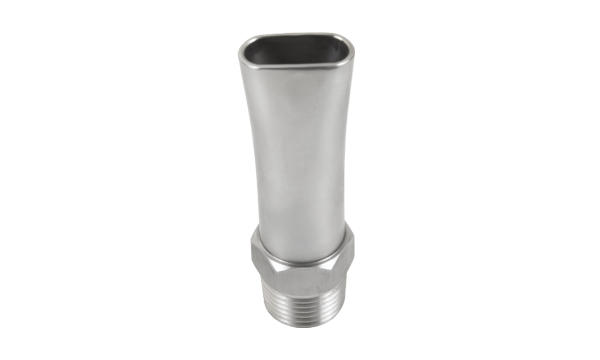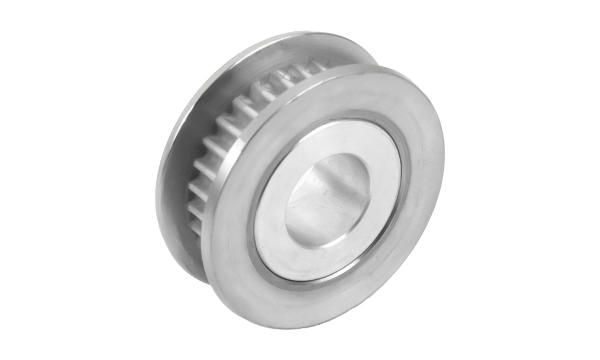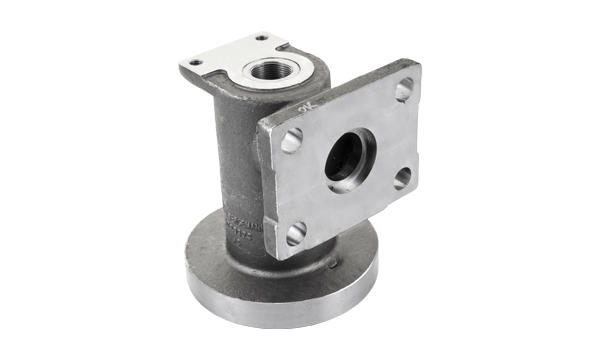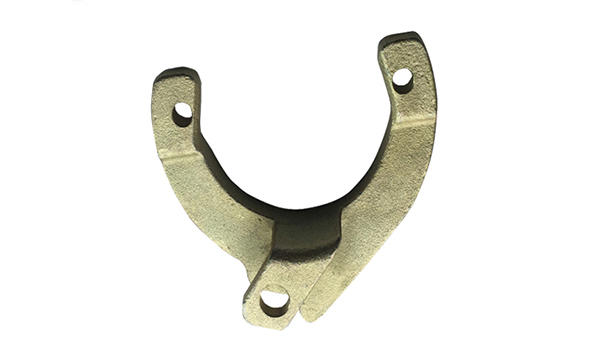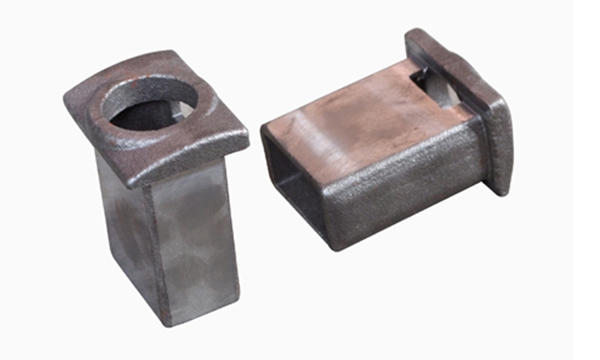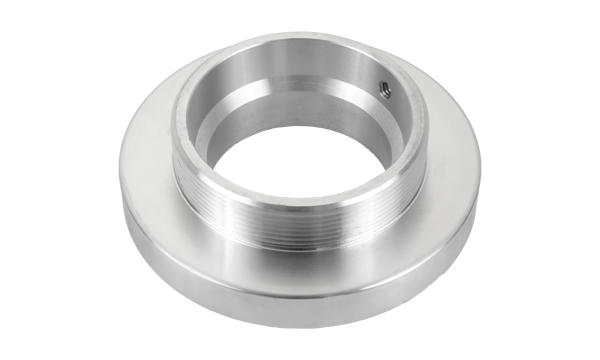Simulation of Hot Forging
Posted by Admin
Hot Forging is a forming process which is used to produce a variety of metal parts, including automotive and aerospace components. It has been around since the twentieth century. However, there are a number of factors which should be taken into account when designing a hot forging process. These include the material forgeability, temperature distribution and the effect of drafts. Moreover, the microstructure of the forged part should be properly calculated.Hot forging involves high temperatures that lead to a significant structural change of the surface area of the work-piece. In addition to this, the forging process can also result in the formation of oxidized surfaces. The forging process is often used to produce parts with complex 3D geometries. Therefore, the accuracy of the model is crucial for successful simulation. Typically, three types of modeling methods are used to simulate the process: FE (Fuzzy EM) techniques, backward tracing, and finite element.Hot forging is an important manufacturing process for safety-critical components. This is because it enables forging of metal parts with high operating loads. Since the temperature is relatively high, it can enable the formation of a metal that is malleable and resistant to deformation.There are two main types of forging: open die forging and machine shop forging. Typical forging allowances can range from tenths of millimeters to several millimeters. Because of this, a mismatch between dies can cause significant problems. Depending on the type of material being forged, different types of dies might be needed. Also, hot forging may require additional processing steps, such as heat treatment or finishing.Despite its importance, hot forging is not as accurate as cold forging. This is because the thermal expansion of the material during the forging process can affect the accuracy of the finished product. Furthermore, the use of a non-uniform temperature distribution can also produce significant changes in the microstructure of the forged part. Thus, it is very important to make sure that the forged metal has the required strength and toughness.In order to simulate the forging process, three basic modeling methods should be utilized. Firstly, the finite element method can be used to simulate the forming process. Secondly, the FE method can be utilized to determine the temperature distribution in the forged part. Finally, the backward tracing modeling technique can be utilized to design a hot forging process.In order to calculate the correct temperature distribution, the forging process should be carried out in a controlled manner. This is because it is crucial to consider the drafts and smoothing of sharp edges. Additionally, the use of special die materials that can withstand the high temperature is also recommended. Another issue to be considered is the choice of the forming machine. Choosing the right machine has a large influence on the temperature distribution of the forged part. Lastly, it is crucial to take into consideration the storage and transport times.To determine the appropriate forging temperature, the maximum available forming force is used. During the process, the forging die is subjected to high mechanical and chemical loads. With these loads, the die has to withstand a wide range of thermal and chemical variations. Moreover, there are significant residual stresses.
